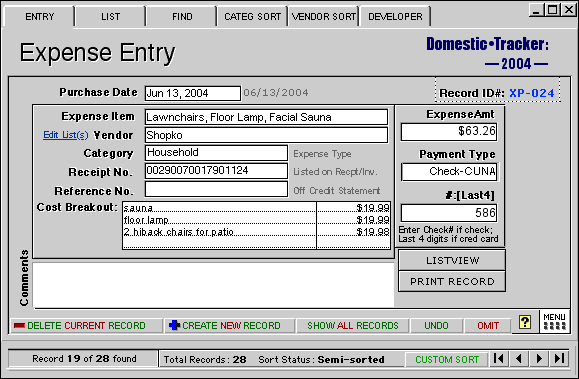
|
|
|||
|---|---|---|---|---|
|
|
Making Data Useful ... and Flexible
Databasics
This is the beginning of my treatise on the wonderful world of Databasing. You read that correctly: Databasing. And you are right if you contend that it isn't always fun and it likewise isn't always profitable. It is also very important to understand what data is and how your client wants to use it. Furthermore, I believe it is critical to realize that a string of characters isn't data and presenting data out of context does not constitute information. (For more, see my "Data Hierarchy Axiom.") But if you're primarily a creative, like me, the value in understanding the disciplines of database design can be carried over to other aspects of your life. However, it might, indeed, make others think you've suddenly gotten a bit dull. Yes, it helps to understand the fundamentals of data normalization, those rudiments of building related, simple data files (or tables, as some applications might call them) and understanding what fields to keep unique to a file and which key fields to place across multiple files. I won't bore you here with those details, as you can find them elsewhere. Designing
at More Than One Level...That's
What Makes It Both Fun and Challenging.
Designing
for Others...That's
What Makes Its Flexibility So Appreciated.
Don't get me wrong: FileMaker
Pro is not the most powerful relational database tool around. Because
you don't have to be a programmer to use it, limitations are to be expected.
Because its ScriptMaker
has a finite selection of scripting options, you can't do everything
with it. But these very limitations, which help automate much of the
behind-the-scenes power of FileMaker also make it very desirable for
a predominantly graphical person like me, or for the non-techies To the right is an opening screen of menu options for a database I built for a customer with FileMaker Pro. 2004 UPDATE! Resource Systems is now beginning to make available to the public some original database files. The first, EXPENSE TRACKER, is discussed (and displayed) on the next page.
© 2001, 2002, 2003, 2004, Resource Systems Services.
An ExalterNet subsite.
|
|||

